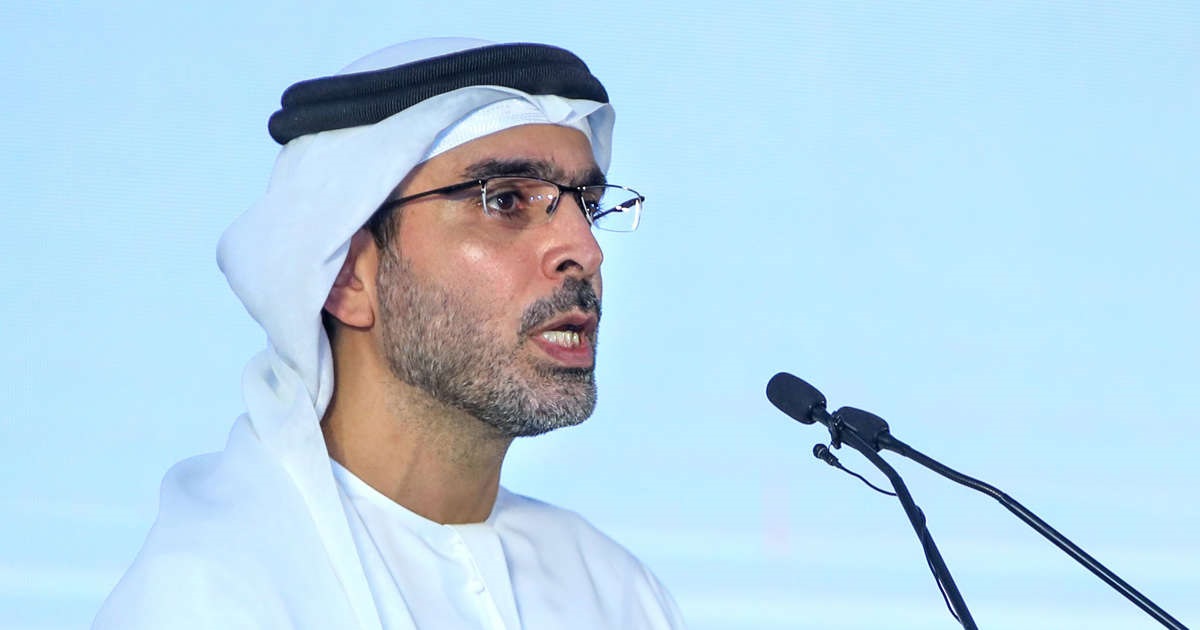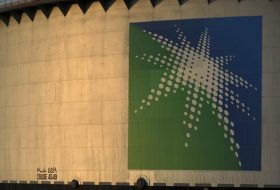UAE aims to be among top 10 hydrogen producing countries globally
The Emirates targets 25 per cent of key markets for low-carbon hydrogen
The UAE, the Arab world’s second-largest economy, aims to be among the top 10 hydrogen-producing countries globally, a Ministry of Energy and Infrastructure official has said.
Sharif Al Olama, the ministry’s undersecretary for energy and petroleum affairs, told the Abu Dhabi Sustainability Week on Monday that the UAE had taken “great strides” in developing clean hydrogen technologies to reduce the cost of hydrogen as a sustainable source of energy.
“We in the UAE aim to capture 25 per cent of the low carbon hydrogen key markets and aspire to be one of the top 10 hydrogen producing countries in the world within this decade,” said Mr Al Olama.
“Global hydrogen demand is seen rising to over 600 million metric tonnes a year by the year 2050, which represents 12 per cent of the total global energy demand.”
The UAE is bullish on hydrogen and has been drawing up a comprehensive road map to position itself as an exporter of the clean fuel and tap into its future potential.
“Waste-to-energy is another promising clean energy option that we are already taking serious steps to achieve with our first waste-to-energy plant delivered by Beeah in conjunction with Masdar and three more projects are on the way in the coming few years,” said Mr Al Olama.
The region’s first waste-to-energy plant, processing up to 300,000 tonnes of waste every year from landfills, was set up by Emirates Waste to Energy, a joint venture between Sharjah environmental management company Beeah and Abu Dhabi renewable energy company Masdar.
First announced in 2018, the plant will enable Sharjah to increase its landfill diversion rate from 76 per cent currently to 100 per cent.
The Emirates is investing Dh600 billion in clean and renewable energy projects over the next three decades as it aims to achieve net-zero emissions by 2050.
It is building the Mohammed bin Rashid Solar Park in Dubai with a 5 gigawatt capacity. Abu Dhabi, which is developing a 2 gigawatt solar plant in its Al Dhafra region, has set a target of 5.6 gigawatts of solar PV capacity by 2026.
By 2025, the Barakah nuclear power plant is set to produce 85 per cent of Abu Dhabi’s clean electricity and will be the biggest contributor to reducing the UAE power sector’s carbon emissions.
The UAE and US on Sunday said they would allocate $20 billion to fund 15 gigawatts of clean and renewable energy projects in the US before 2035, in the first wave of investment under their $100 billion clean energy partnership.
The investments will be led by Masdar and a consortium of US private investors, it was announced at a briefing on Sunday for business and climate leaders during Abu Dhabi Sustainability Week.
The two nations signed a strategic partnership in November 2022 to invest $100 billion to produce 100 gigawatts of clean energy globally by 2035.
“We are actively driving the deployment of renewable energy solutions with many mega projects already operational and with many more under development,” said Mr Al Olama.
“Today, the UAE is one of the world’s largest investors in global renewable energy and has invested $50 billion in renewable energy projects in over 70 countries, including 31 island developing states that are most vulnerable to climate change.
“The UAE has also committed an additional investment of $50 billion over the next decade to accelerate the clean energy transition.”
Investment in renewable energy needs to double to more than $4 trillion by the end of the decade to meet net-zero emissions targets by 2050, the International Energy Agency said in its World Energy Outlook last year.
Renewables accounted for almost 81 per cent of all new energy capacity last year, but we must now “scale this up”, Mr Al Olama said.







